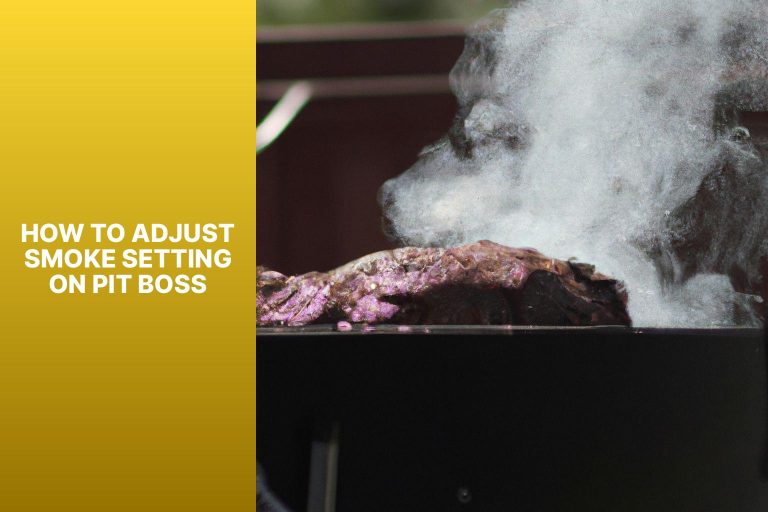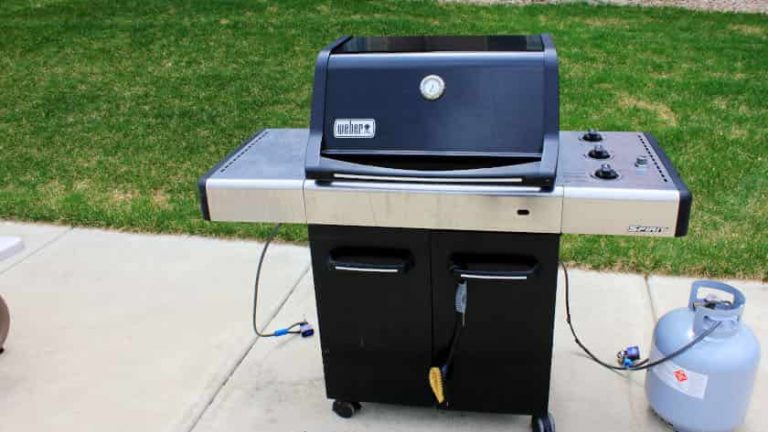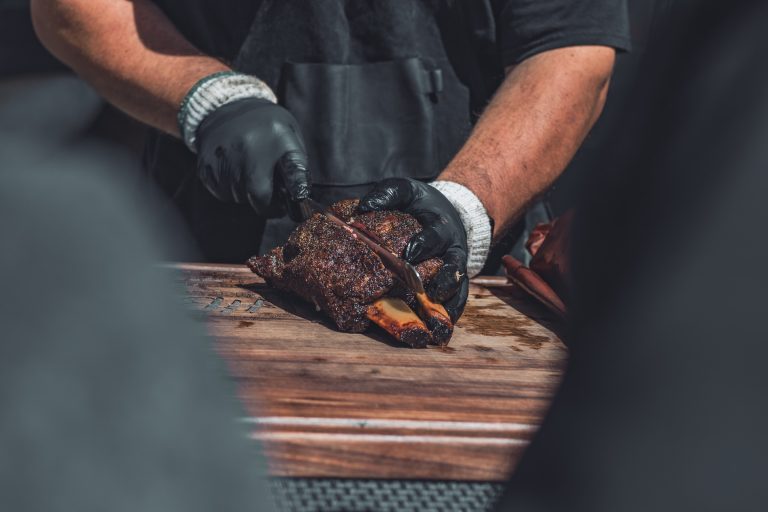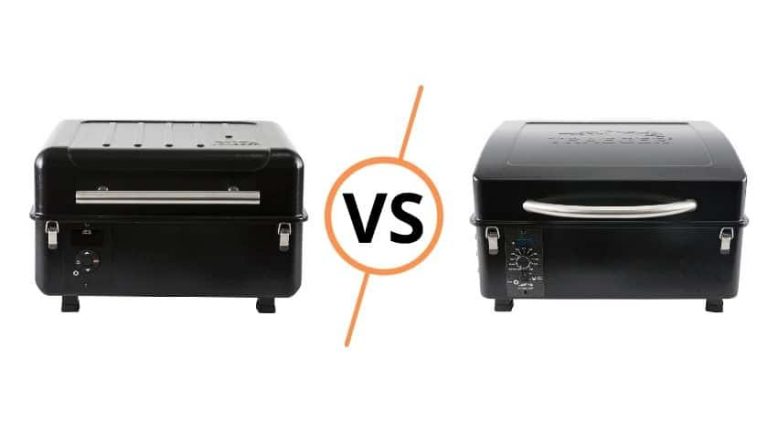Replacing Weber Gas Grill Igniters
Summertime is a great time for grilling out with family and friends, but if your Weber gas grill isn’t igniting properly, it can put a damper on your outdoor cooking.
As anyone who owns a Weber gas grill knows, the igniters are prone to failure after a few years of use. Unfortunately, people replace their old grills when they fail to ignite without sentimental value.
Mostly because igniters are often buried deep inside the grill. Replacing a Weber gas grill igniter is an easy task that can be completed in less than 10 minutes.
If your igniter starts to fail, there’s no need to purchase a brand-new grill – simply replace the igniter and you’re good to go.
In this blog post, we’ll show you how to replace your old Weber gas grill igniter with a new one.
Why Isn’t My Igniter Working?
What to do if your grill igniter isn’t working? Don’t panic! Most of the time, getting it functioning again is a simple and quick fix. Dead batteries are one of the most common causes of igniter issues.
The other most common reason why a Weber gas grill igniter isn’t working is that the spark gap between the electrodes has become too wide because of corrosion.
This gap needs to be a specific distance for the spark to jump and ignite the gas. If you hear no clicking or snap when pressing your igniter button, then this could be an issue with the igniter itself.
Try lighting it manually by using a lighter or match instead to be double sure. If it lights, it’s an issue related to the igniter.
1. The Electrodes Are Dirty / Corroded
One of the most common causes of igniter failure is dirty or corroded electrodes.
This can be caused by grease, food residue, and other debris which can build up on the electrodes and prevent a spark from jumping.
To fix this, carefully clean any buildup off of the electrodes using a cotton swab or other cleaning tool. Another common cause of igniter failure is a spark gap that has become too wide.
This can be caused by wear and tear on the parts, corrosion or it could be because the wrong size electrodes installed in the first place.
To fix this, carefully measure the spark gap and either adjust it or replace the electrodes with ones that are correct for your igniter. Please check owner’s manual for model specific igniter information.
2. The Battery Is Dead / Faulty
Having a dead battery is one of the most common causes of igniter failure. If the battery in your igniter is dead, the spark will not be strong enough to jump across the gap and ignite.
Many models have a battery in the igniter module. If your gas grill model is one of these, you’ll want to try changing the battery before you try anything else.
Also, make sure the battery is installed correctly. If your battery seems to be fine/working ( when checked separately) check for broken wires or corroded contacts.
If the spring holding them in place isn’t working properly, then it’ll need to be replaced as well- so don’t forget about that!
3. Loose Connections / Wires Not Properly Connected
If everything looks fine, then check to make sure all the wires are properly connected. This could be a sign that some wires may have come loose from their connectors.
These wire connections are connected to the igniter electrodes and are essential for the igniter to work. Make sure the connections are secure and properly connected.
If not properly cared these wires get loose over time, get damaged ( under the influence of moisture and whether ), and even destroyed or chewed by rodents.
Many times simple fixes like unplugging the wires and re-inserting them again will do the job for you.
4. It Just Rain or Super Humid
If it has just rained/snowed, or if the humidity is very high, it can interfere with the igniter electrodes ability to generate a strong spark to start the burner.
Moisture can build up on the electrodes, preventing them from making contact with each other.
As a result, the spark will be weaker and may not be able to ignite the gas in the burner. If this happens, you’ll need to wait for the moisture to evaporate before trying to light your grill again.
Manual lighting can enable it to start, become hot and restore its ability to start using the igniter.
How To Replace Weber Gas Grill Igniters
The first thing you’ll need to do is verify that you have all the necessary components for a successful Weber gas grill igniter replacement. Once you’ve confirmed that, it’s time to get to work!
The next step is to remove all of the knobs, control panel, grates and bars from your Weber gas grill. This will allow you to access the igniter, so make sure you’ve taken all of these components off.
After that is complete, it’s time to remove the old igniter from the grill. To do this properly, first locate and unplug the wires connected to the old igniter.
Once this is done, use a screwdriver or hex key to remove the screws that were holding the igniter in place.
After you’ve removed the old igniter, it’s time to install the new one.
Start by connecting the new igniter wires to their corresponding connections on the grill. Then, use a screwdriver or hex key to secure the new igniter into place, making sure to not overtighten the screws.
Finally, test out your new Weber gas grill igniter!
Turn on the gas and light it up—if everything went according to plan, you should now have a perfectly functioning Weber gas grill that is ready to help create some amazing barbecues.
Related Post To Consider
How Far Away From a Fence Should a Grill be?
Pit Boss vs. Oklahoma Joe’s: Pellet Grill Feature Comparison






